 1 / 22
1 / 22

 1 / 22
1 / 22

Murat and Selim Özgörkey, the founders of the Key Museum, the classic car museum shedding light on world history and unique in Turkey, did not think they would open a museum on the day they bought their first classic car in 2001. In this museum opened in 2005 in Izmir, we can see how the greatest automobile brands like Mercedes, BMW, Porsche, Cadillac and Ford evolved in time, from the first car produced in 1886 up to our times. Various motorcycle models going back to the late 19th century, original equipment from gas stations, scarfs with classic car themes, 2550 different car models, popular mascots used as the most prestigious car accessories of the pre WWII era take us to a journey in the past. Extending to a 7,000 meter square area, every piece is bought by the two brothers, renovated and presented in mutual agreement. Murat Özgörkey talked to us in detail about the museum, how his collector’s spirit was reflected in various areas in his life, his car collecting adventure and his future plans.
What did collectorship teach you?
I have various collections both here and at home. I learnt something from all of them. Many collectors are in a rush and they say “let me buy anything I find”; and then they question themselves and ask “why in the world did I buy these things”. I did this mistake in the past as well and as time passed I decided to sell many cars, because there were some that did not fit in or that did not need to be in the collection. I sold them since we did not want to deal with them anymore.
How would you describe your current collection’s character? How did it evolve in time?
Here we keep those pieces that have an importance in the history of automobile industry. There are a few other cars we intend to remove from the museum and sell, because we want to make the collection more sophisticated. Perhaps we will see these things more clearly once we arrange them all in halls. The value of classic cars skyrocketed in the world, they are even seen as the most effective investment tool, but this is not well known in Turkey. There are some cars that doubled their value in one decade. But there are others whose value increased ten times. We spend a lot of energy for renovating the cars in our museum. There is a rare and valuable renovation method in the world called the “nuts and bolts renovation”, i.e. dismantling a car down to its smallest screw, renovating and rebuilding it until it goes back to its day-1 condition. We conduct all our renovations with this method. Then we noticed that we spend a similar amount of effort for an important 1950s’ car and a less important one. Therefore we sold those cars we believed were not worth the same effort.
You said that you currently have a more sophisticated collection with more interrelated cars in it. What kind of common elements exist between the cars in terms of technics and history?
My purpose is not to document the history of the Turkish automobile industry. I gave more importance to the global automobile history and I tried to collect those cars considered important by the collectors in the world with their particular characteristics.
As years passed, we saw that “convertibles” gained extremely high values and as they are produced in more limited numbers, they are more special. I had a regular Sedan car for 4 people. If this car is worth 1, a convertible is worth 4. Thus the convertibles matter more in the entire world, as they are more beautiful and rare. So I sold the other one. Actually one of the questions I keep hearing the most is: “Why don’t you have a Murat 124 or an Anadol?” My purpose is not to document the history of the Turkish automobile industry. I gave more importance to the global automobile history and I tried to collect those cars considered important by the collectors in the world with their particular characteristics. I sold many cars throughout the years. We also receive many requests regarding renovation and we also began to respond to them.
How did you put your renovation team together?
It is not enough to put the team together but you also have to train them. So far we have renovated more than 60 cars. Each has a different character and assemblage. There is a very big difference between the first car I renovated and the last. I intend to sell some earlier renovations and buy the same model and renovate those with the level of skill and experience we now have.
Did you work with international specialists to train your renovation team?
No. I educated myself very extensively. In those places that I visited, I learnt how to renovate which car . There are contests on how to put cars together, I watched them and had the chance to conduct research. The team had to work on one car for an entire year. Around those times I was supposed to go to the Pebble Beach Concours d’Elegance in the U.S.A., a contest where the best cars in the world were in competition. I don’t exhibit a car before its entire renovation process is completed. They said it was finished but I added a few more items to our to-do list and I said I was going to check them after I came back from U.S.A. As I came back, I looked at the car again and I told them to dismantle the car completely. I came up with a 2-page list of mistakes and of course they were surprised. After attending the Pebble Beach Concours I began to perceive things very differently, even those things I thought were wonderfully executed. Everything reached a new level for me and thus I changed everyone else’s viewpoint with what I learnt. After that day we began to act carefully about every single detail, including the proper lining of a series of screws. We now renovate cars with all kinds of details including cables and the smallest stain. The jury member at the Concours takes down your 2 points if the horn doesn’t work as he presses it and thus we began to test our cars in the same way. As we learnt and taught such details everyone began to see it the way I did. This makes me very proud.
Have you ever participated to those contests? Are you planning to do so?
No, but there are a few cars we intend to take to competitions. We believe that we must have a branch in the U.S.A. for such a project.
Do you plan to carry the museum abroad?
I established a target for myself: I will see how it goes for the museum for a decade, and I will decide what to do then. We currently have 3,000 visitors per month and I am pleased with it. In U.S.A., people care about their past. In Turkey they don’t; we are a culture based on demolishing the past. They ask me “Would you compare your museum with the others in the world”. Actually I haven’t seen any other museum with such careful interior decoration, hosting so many different collections under one roof.
How did you plan the exhibition and how are the cars preserved here?
I myself did. The first hall was built based on the concept of our first garage in Bornova. Everyone tells me “we can not see the backside of the cars, we can not go behind them”. In Turkey people think they have to touch the cars, we can not stop them. We use special paints so that the cars are immune to decay and rust at least for 50 years. The museum’s humidity and temperature are also regulated. There are two key things in a car: temperature and humidity. Temperature dries out the tire structure. And humidity causes rust.
Do you ever use the cars in the collection for racing, professional purposes or pure pleasure?
We used 20 of them but no more, once we put them in the museum. We rather renovate the car to turn it into a piece of jewelry you do not even dare to touch.
You are also a businessman. How do you balance your time between here and your other commitments?
Two years ago, I and my brother created a very corporate structure. Perhaps we are one of the most institutional companies in Izmir as a family business. Each company has a general manager. I take care of the food and agriculture sectors, and my brother takes care of the automobile and tourism sectors. Thus we isolated ourselves from daily tasks. They generally continue with professionals’ control and follow up. We are not interested in daily operations and we have more freedom.
How do you and your brother decide to proceed with a specific acquisition? Do you have consultants?
We decide with my brother. We check the car’s authenticity and I consult my own team of specialists. Are the parts original, does the engine fit the sachet, is the code the original factory code, we check each and every aspect of it.
How do you balance the investment aspect with the emotional one? What should be the primary criteria of buying in the classic car market?
We did not start collecting for investment, but out of emotion. There is serious difference between the times when we stepped into the classic car world fifteen years ago and the present. Each year values went up by 15-20%.
We did not start collecting for investment, but out of emotion. There is serious difference between the times when we stepped into the classic car world fifteen years ago and the present. Each year values went up by 15-20%. Consequently, people feel the need to renovate more. In old classic cars you have those with two to three colors but at those times all of them had single color. Collectors mostly go after those cars that are either untouched or extensively renovated, with no missing detail.
Do you document the renovation process for your own records?
Yes. For example we bought this car, a Mercedes weighing around 1,300 kg. Once we began to dismantle it, we found out 200 kg of it was the paste they used to give the car its shape and cover its defects. It looks very decent from the outside, with its paint and everything. We even took a burnt car and renovated it. Each car is photographed at every step of the renovation process starting from its received condition.
Do you follow the latest technological developments, such as electric cars and silent cars?
Yes, actually I myself use an electric car as well.
Do you think they will become widespread? Once they will be the mainstream items in the market in the next fifty years, will classic cars be seen from a different perspective?
Sure. Now people think “the less the better”. I am not sure if today’s cars will become classics in the future; they might though. There are still some countries that have not entered this world of classics: like China, Russia and India. It is believed that the market will turn into something very different if one day these countries step into this business.
Do you plan to add to the museum those cars that are unique in the world or the high-tech ones still not well known in the market? How did the Batmobile join your collection?
I do not collect racing cars. Some museums and collections exclusively collect racing cars. I bought the Batmobile because it came with a great occasion, made a difference and I loved it. But I don’t usually collect that kind of things. I try to collect those cars I believe a collector must have, but I have difficulties nowadays because I try to find those that have not been renovated.
How do you develop yourself as a classic car collector?
I travelled a lot, examined a lot, read a lot. We have a very serious book collection. We still find many sources to develop ourselves. We follow every auction in the world. Each year I visit the classic car fair in Germany. I attend events in the U.S.A. and Europe where classic cars race or are exhibited.
Do you learn, teach or share things in gatherings with collectors like yourself?
Of course. Probably the thing with the greatest number of devoted clubs in the world is the car; especially classics. These clubs even introduce themselves to you and try to make you a member.
Any recommendations on collecting cars for beginners?
Beginners must conduct a lot of research and decide with awareness on what to collect and what to do. Things might emerge that make you say “I wish I hadn’t bought this, I wish I had focused on such and such aspect of the collection”. I suggest them to decide what they want to do in advance and proceed accordingly. They should begin after having read all kinds of things written about that subcategory. Then if you buy your items believing that collection has a value and if you invest in something that will acquire more value in the future, you may leave something meaningful to the future generations.Some collections are based only on individual taste.
Finally, can you inform us a bit about your other collections?
In the accessible part of our museum we currently have collections of objects related to the history of cars. We also have a chess and wooden ship collection we have not yet opened to visitors. We intend to make them accessible to the public in 2 months. In our chess collection we have over 400 chess sets with different names and themes. On the other hand, in our model ship collection we have hand-made models of historically important ships in various scales. There are over 100 of them. Upstairs there is also a location where we reanimate a barber’s shop from early 19th century. There we exhibit various objects used in barber shops back then.
Did the chess and wooden ship collections come after cars?
Yes. I actually used to build models. Then I also wanted to build wooden models but I had no time for it. I love ships and seamanship. I also love model making. That is why I do not only have ships; I have many different models, but here we wanted to focus on ships. I also love chess a lot and I can play it. Those with specific themes have always been interesting for me. After having collected various sets, my collector’s spirit brought me to this point.
This interview is conducted by Yasemin Elçi and Güliz Özbek Collini on behalf of Art50.net for TEB Private.



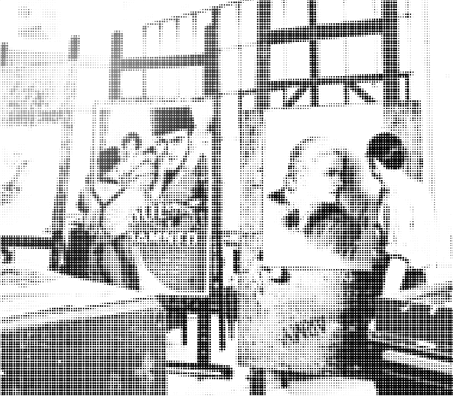



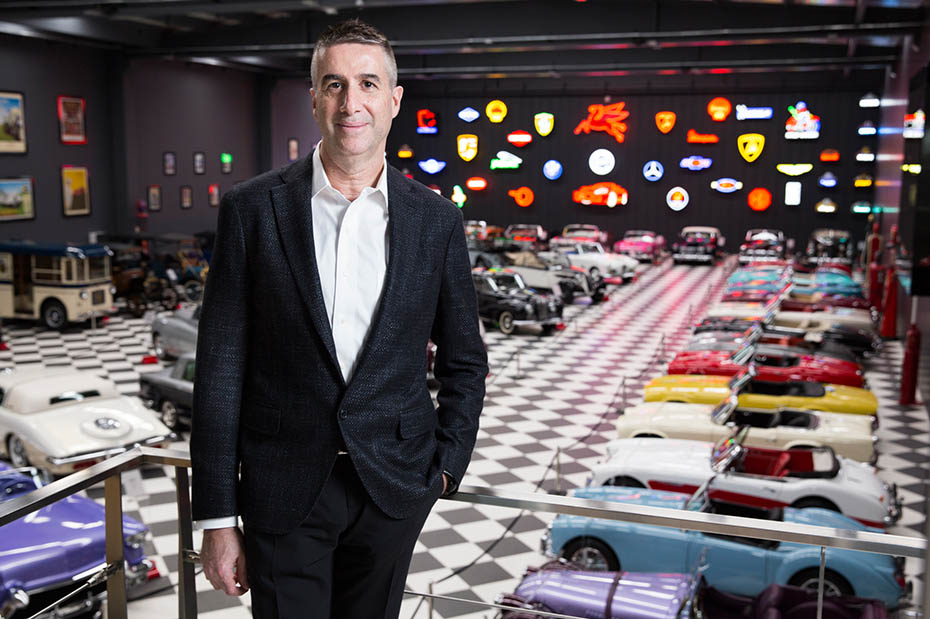
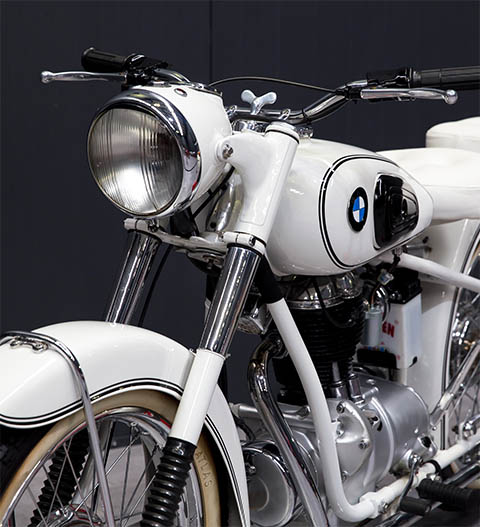
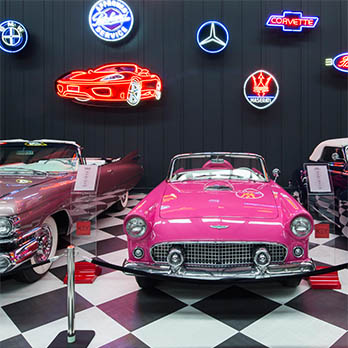

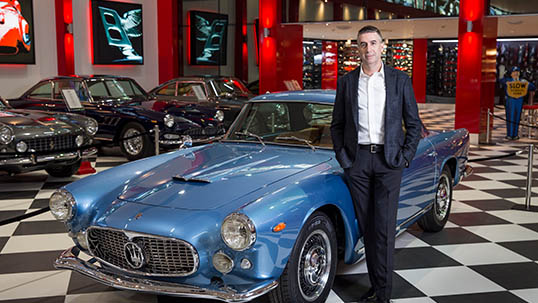
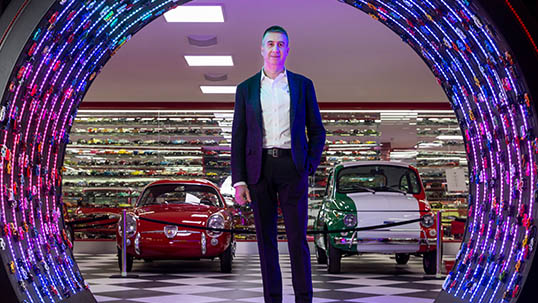
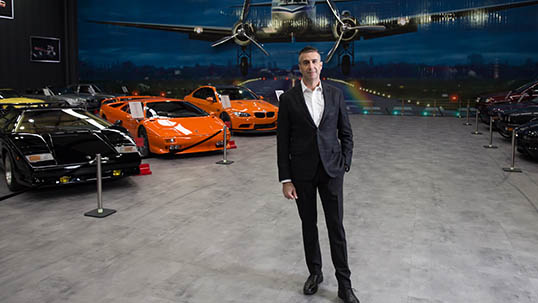
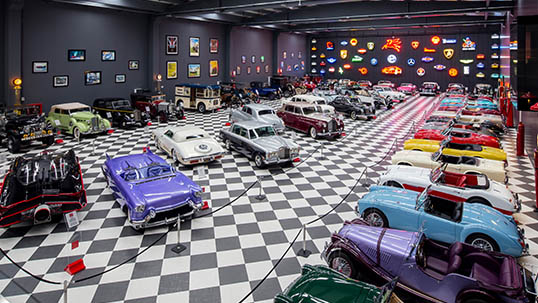
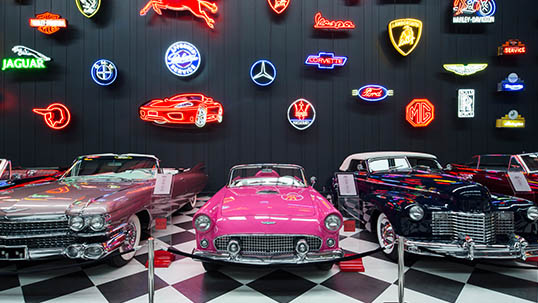
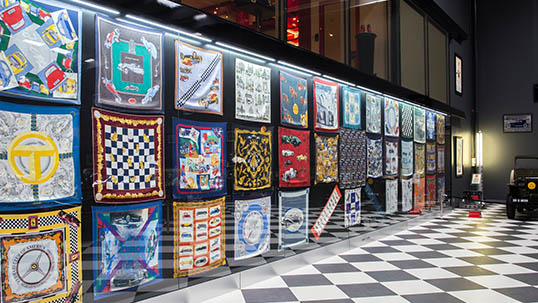
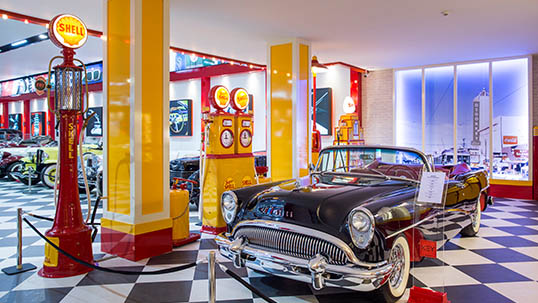
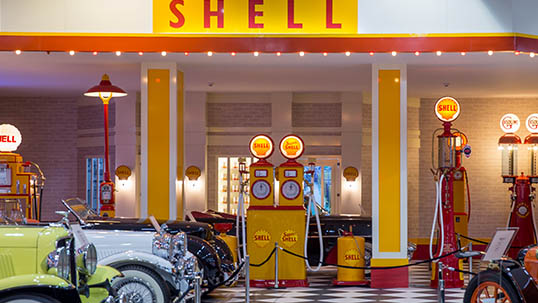
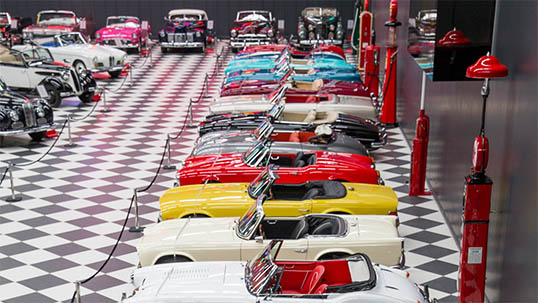
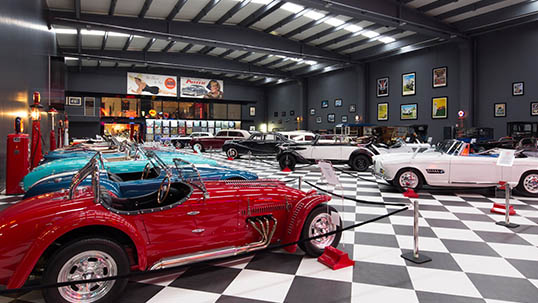
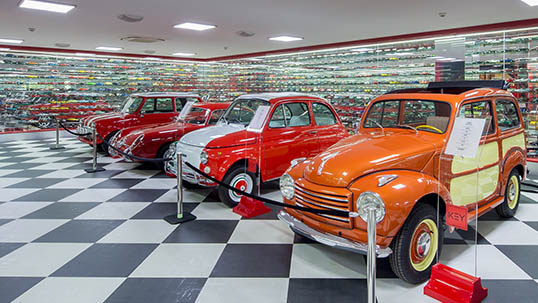
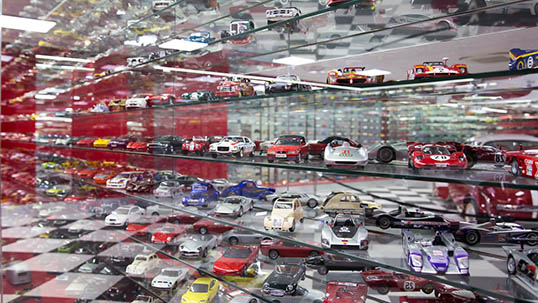
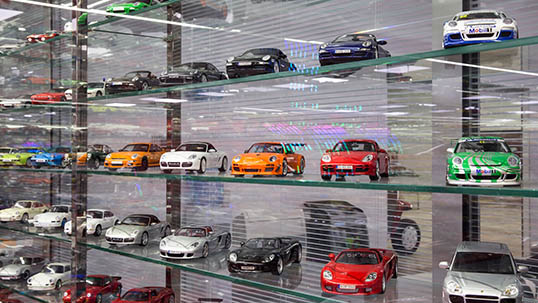
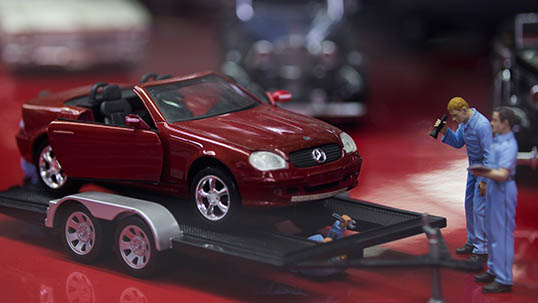
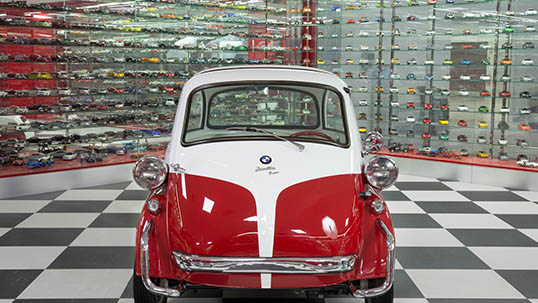
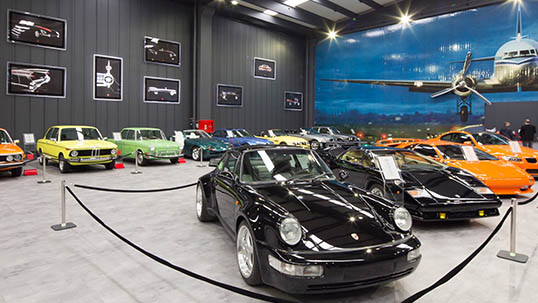
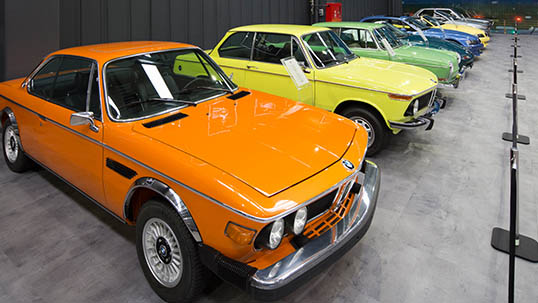
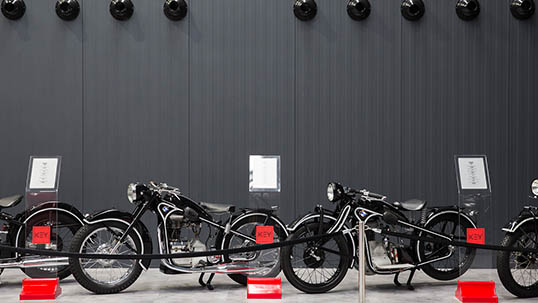
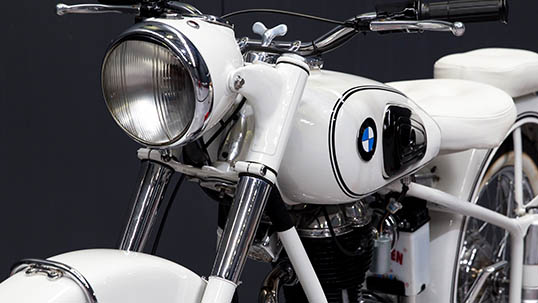
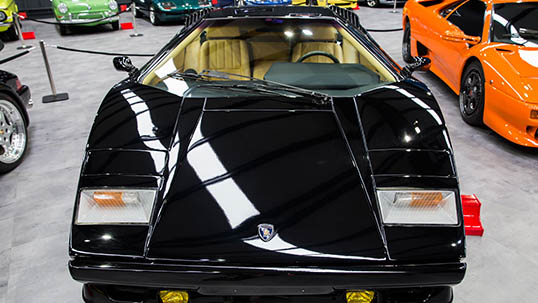
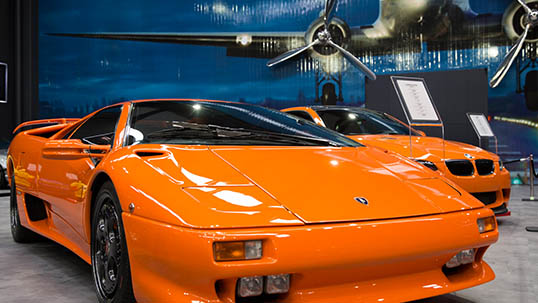
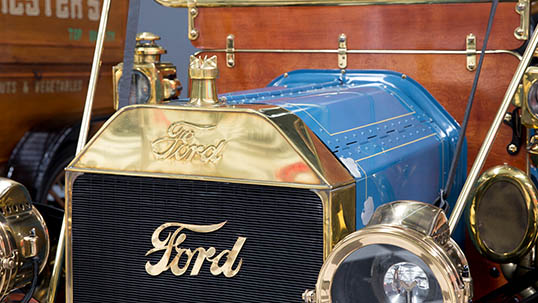





 UP
UP


